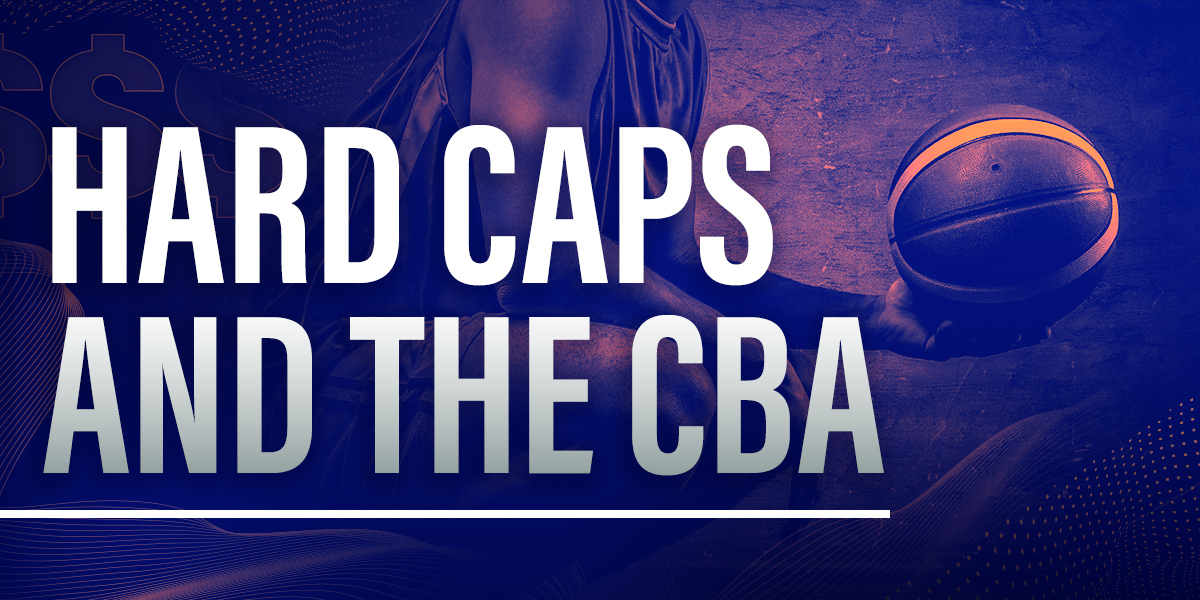
Unlike the NFL, which has a hard cap or spending limit, the NBA has a soft cap. Teams in the NBA can carry payrolls that go above the salary cap. For example, 27 of 30 are currently over the NBA’s $123.7 million cap for the 2022-23 season.
Per Adrian Wojnarowski of ESPN, the NBA is “pursuing the implementation of an upper spending limit in negotiations on a new collective bargaining agreement [CBA] with the National Basketball Players Association [NBPA].”
The current CBA will expire after the current season if either the NBA or NBPA opts out by December 15. The opposing sides have been in negotiations for several months. While “upper spending limit” uses different consonants and vowels, it’s a euphemism for hard cap—and the NBPA has long-resisted a true NBA hard cap.
Does it mean the league is heading for a lockout? It might. But given how successful the NBA has progressed financially over the last decade and out of the pandemic, a compromise is far more likely than a work stoppage.
That said, there’s a reason some teams are lobbying for a hard cap. What exactly is a hard cap? Doesn’t the NBA, in a form, already have one? What are the motivations: pros and cons?
What Is a Hard Cap?
For the 2022 season, the NFL has a $208.2 million hard cap. The 32 franchises cannot spend above that line. Period.
That can lead to difficult decisions, including teams cutting valued players with heavier price tags. Most NFL contracts are not guaranteed (some may have partial guarantees, signing bonuses, etc.), so letting a player go can help a team stay under the cap.
The NBA has a version of a hard cap, but it’s situational. Should a team uses part or all of its non-taxpayer mid-level exception (NTMLE, currently $10.5 million), bi-annual exception (BAE, $4.1 million) or acquires a player via sign-and-trade then for that calendar year (July through June), it cannot spend over the “apron” ($157 million) under any circumstances.
But that hard cap is a choice. Only seven of 30 NBA teams are hard-capped through the 2022-23 season, including the Washington Wizards for using $7.8 million of their NTMLE on Delon Wright, the Philadelphia 76ers for using its BAE on Danuel House Jr. (along with its NTMLE on PJ Tucker) and the Utah Jazz for acquiring Collin Sexton via sign-and-trade from the Cleveland Cavaliers.
The rest of the league has no hard spending limit, although teams can only use the tools they have (trades, cap room, Bird rights and other exceptions) to add payroll.
A Macro Hard Cap?
The NBA has an overall limitation on spending each year, known as the BRI (basketball-related income) split. Based on formulas in the CBA, players are eligible to receive between 49 to 51 percent of BRI. Last season, the players’ share was the maximum of 51 percent.
What happens if the players (total salary plus benefits) receive more than their share? The escrow system is one safeguard. The league withholds 10 percent of player salaries throughout the season. If, as a group, the players do not earn above their share of their BRI split, they get all of their withheld salaries back from the league. If the players earned more than the BRI split, the league keeps some or all of the escrow.
When there’s a shortfall, which occurs when teams do not pay out enough salary to reach the BRI split, the league issues that amount to the NBPA (which distributes those funds to the players). For instance, if total salaries and benefits were $200 million short of the player’s share, the NBA would send that amount to the union.
With a shortfall, the following year’s salary cap will climb, to try to prevent a repeat. If the players receive too much in a given year, the subsequent salary cap will drop to avoid overpayment the following year.
If the above constitutes a collective hard cap, relative to BRI, why does the NBPA resist a hard cap for individual teams?
Anti-Hard Cap
Guaranteed contracts are one of the greatest historic wins for the NBPA. While some players sign non- or partially-guaranteed contracts, most are fully locked in. By January 10 of each season, all contracts become fully guaranteed.
Players want no part of a system that standardizes non-guaranteed contracts, which may be a necessity for a league with an “Upper Spending Limit” or hard cap.
Additionally, players don’t want teams to be forced to forfeit their Bird rights because a hard cap restricts individual team spending. While an NBA team may face that with the current rules, a hard cap is a choice. If a team prioritizes keeping its own players, it won’t acquire free agents that would require triggering a hard cap. A true hard cap could take away that option.
The NBA tends to bring up a hard cap in every CBA negotiation, but the NBPA treats a true hard cap as a non-starter. From the player perspective, if the players lose in a specific year because of an imbalance of the BRI split, then so be it.
Pro-Hard Cap
One of the primary goals of the CBA is to legislate parity. How can teams with smaller budgets (based on lower income levels as a franchise) compete with teams willing to spend deep into the progressive tax? Currently, the Golden State Warriors or Los Angeles Clippers don’t seem to view the tax as an impediment. Does that knock the system out of whack?
To some, it’s a clear “yes.”
One counter might be the results through the current 2017 CBA which suggest otherwise. High-spending teams have gotten to the NBA Finals 50 percent of the time. For instance, the high-spending Warriors are the current champion, but the runner-up Boston Celtics were below the tax threshold.
And not every team would be for a hard cap. The Warriors have a historically large payroll at roughly $190.5 million. Its tax bill alone could reach $177 million, more than nearly every other team paying for its entire roster.
That disparity of spending power is why some would like to see a hard cap.
Meanwhile, Warriors’ governor Joe Lacob (H/T ESPN) would like to exclude homegrown players acquired through the draft from tax, but that would only empower his franchise to spend even more without as stringent a financial penalty. Wouldn’t the team have paid to retain Gary Payton II and Otto Porter Jr., if the tax bill was under greater control under a different set of rules?
The danger of Lacob’s concept is higher overall spending—the NBA economy is delicate as it is with the BRI split. If spending grows faster because of a loosening of the tax system, then the players will receive higher than their share. That would result in all players losing 10 percent of their salary and the following year’s salary cap facing downward pressure to prevent reoccurrence.
The teams pushing for a hard cap want the opposite, to reduce a wealthy team’s spending to equalize the playing field and prevent overpaying against the BRI split.
It’s also worth noting that half of the money paid into the tax system helps fund revenue sharing, and the remaining portion is distributed in equal shares to teams below the tax. The teams that can afford and are willing to spend help subsidize those who cannot or will not.
What to Expect
With a new broadcast deal on the horizon (around 2025) and healthy growth in the league out of the pandemic that saw a 10 percent increase in the cap from 2021-22 to 2022-23, and a projected increase of 8.4 percent for 2023-24, business is too strong for a lockout.
Both sides will negotiate, doing their best to fight and claw for its multifaceted needs given their diverse make-ups. In the end, expect compromise.
A lockout is always possible until that agreement is ratified, but look for the NBA to continue beyond this season without one—and without a true hard cap.
Email Eric Pincus at eric.pincus@gmail.com and follow him on Twitter @EricPincus.


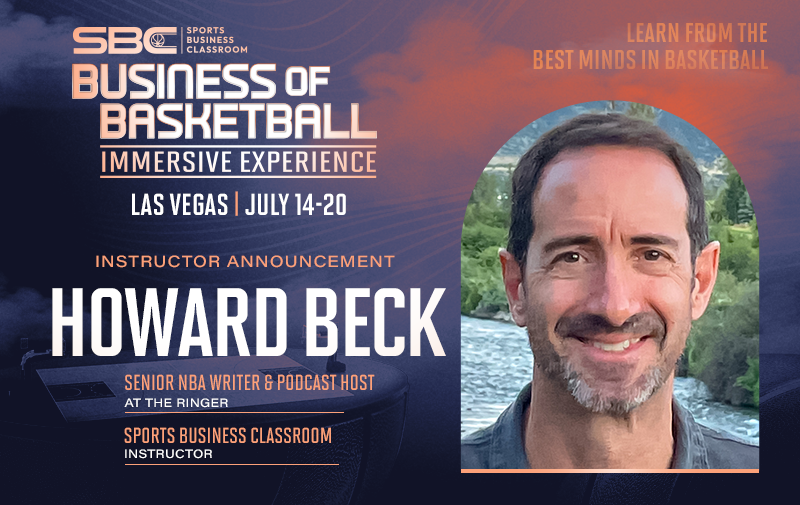
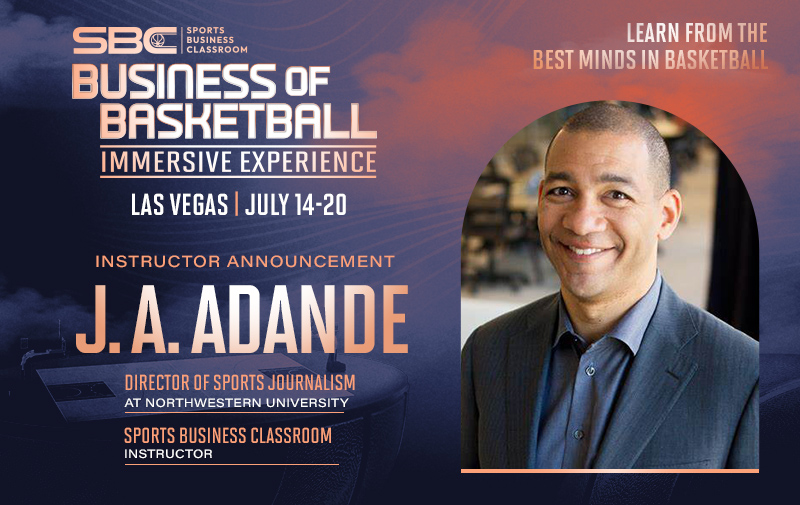
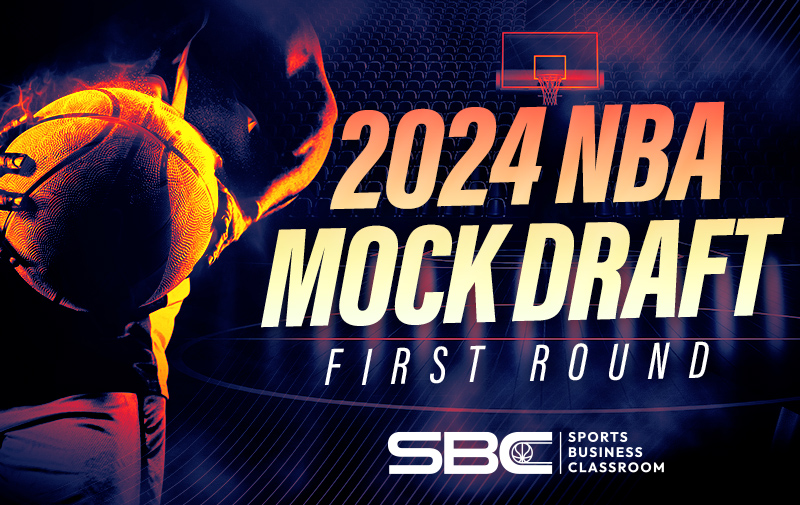
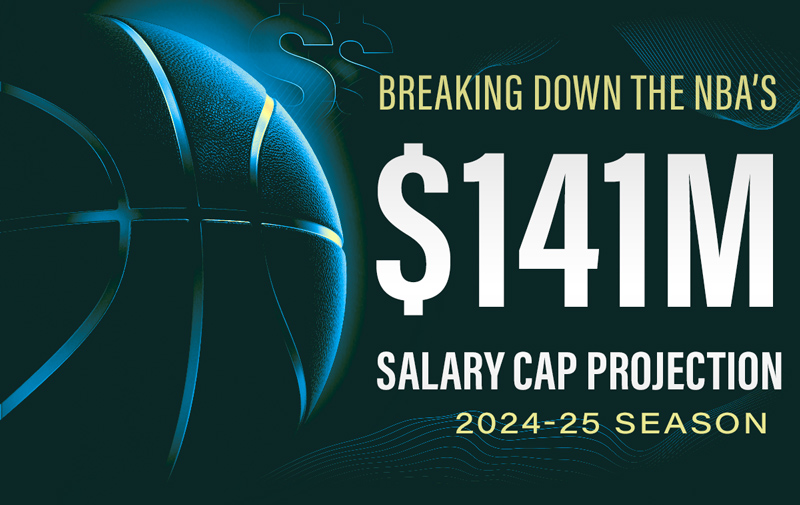
Leave A Comment